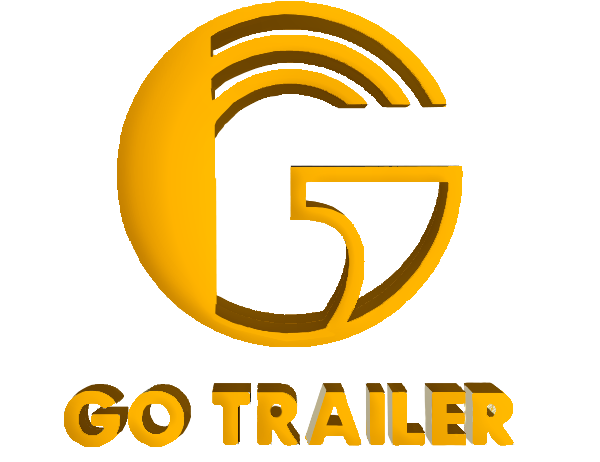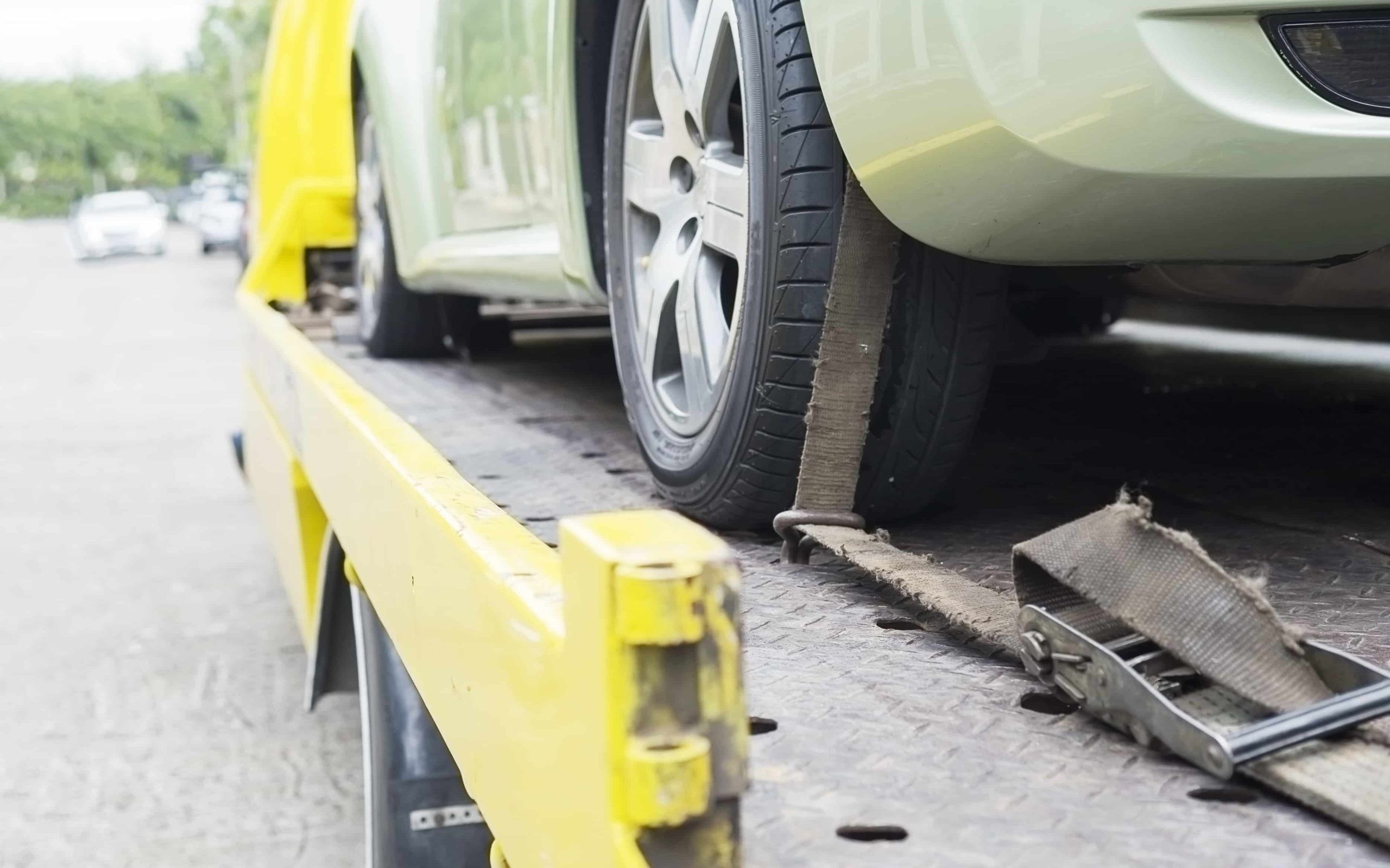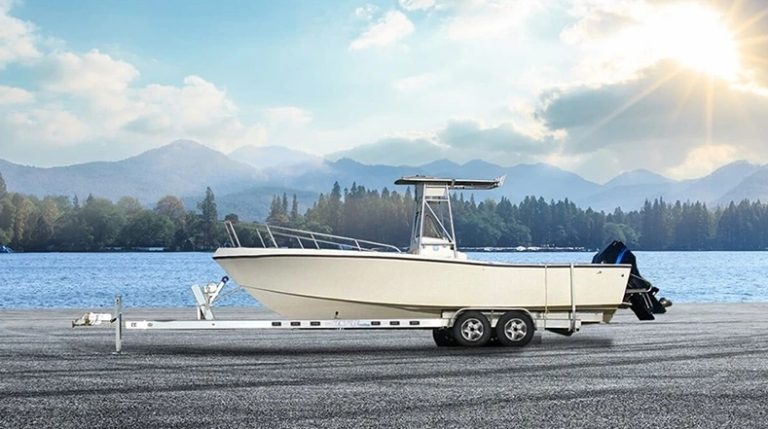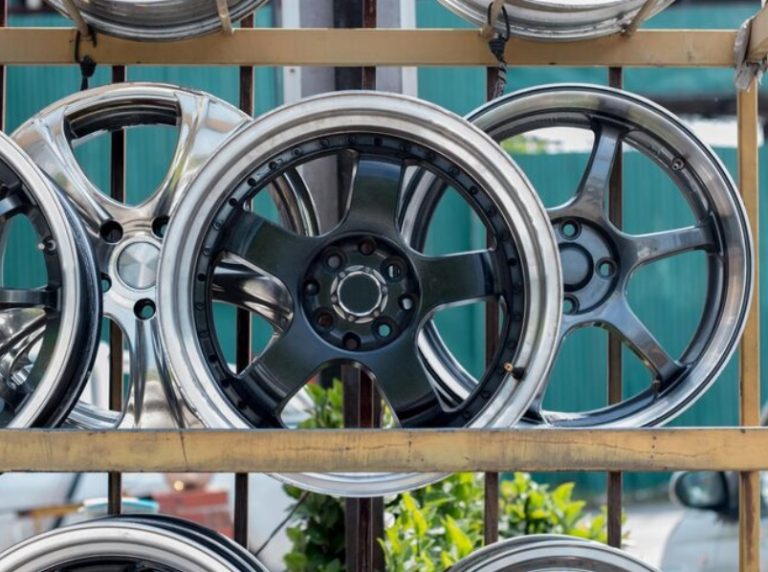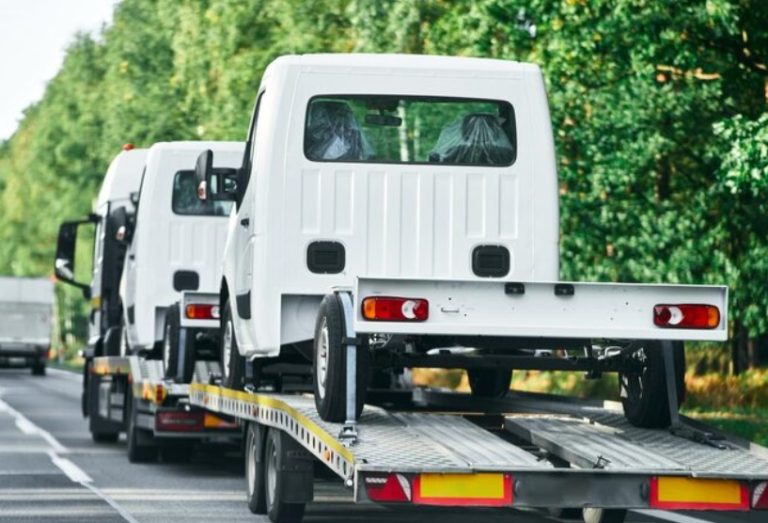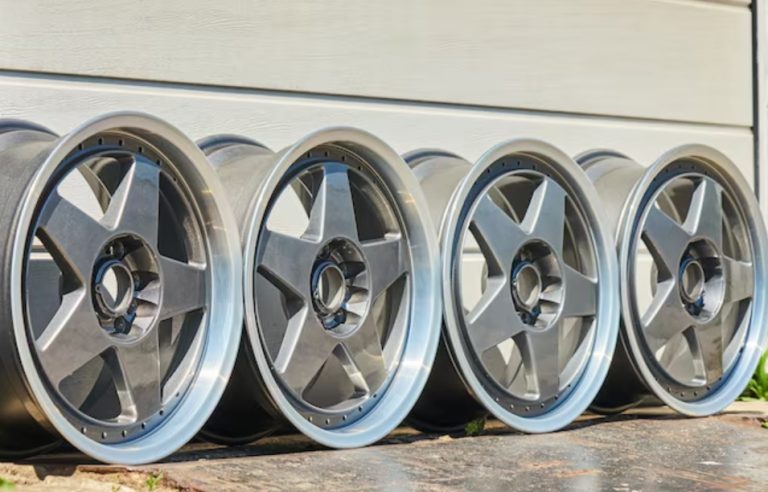Familiarize yourself with Your Hauling Needs
It begins by knowing exactly what you will be hauling, its weight, and how often you will be using the trailer. As a manufacturer, Remolque prioritizes tailoring solutions to different hauling needs.
Identify the Type of Cargo
Start by deciding what you’re hauling—boats, automobiles, building supplies, household goods, or specialized equipment. Different cargo requires different trailers—some require open decks, some require enclosed covering, and some require specialized tie-downs or supports.
Estimate Total Load Weight
Establish the cargo weight as well as the weight of the trailer itself. Safe towing is based on a trailer with an adequate load capacity.
Consider Hauling Frequency
If you are hauling on a frequent basis or over great distances, highlight low maintenance and durability. For occasional trips, cost-effective and light solutions can suffice.
Trailer Types Offered by Go Trailer
Go Trailer offers several types of trailers to suit different hauling needs, all of which are constructed for performance and reliability.
Remolques de coche
Built with heavy-duty ramps, reinforced decks, and secure tie-down systems—perfect for transporting vehicles safely and efficiently.
Boat Trailers
Customized with features such as adjustable bunks, corrosion-resistant coatings, and rapid-launch designs intended for salt and fresh water.
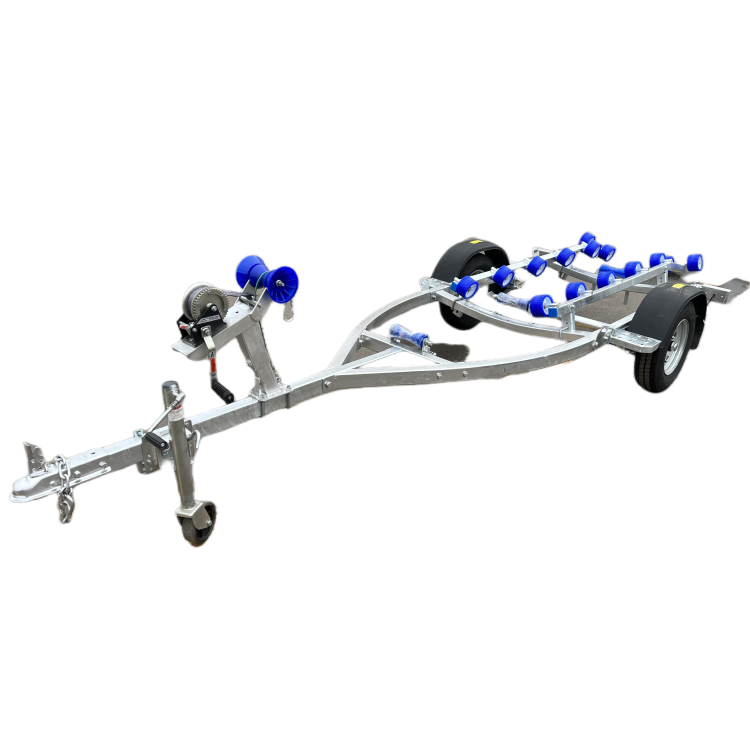
Jet Ski Trailers
The sturdy construction ensures that the trailer can support the weight of the jet ski while providing stability during transport.
Box/Cage Tferroviars
It is a versatile and practical transportation device used to haul various items and goods. It serves as a secure and enclosed container that can be attached to a vehicle, such as a truck or a car, for transporting goods.
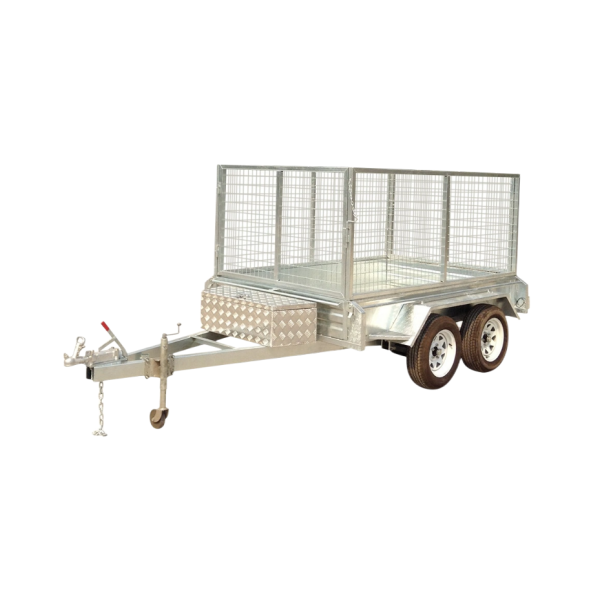
Eléctrico Hydraulic Cage Tferroviars
Featuring a hot dip galvanized version for ultimate durability, this trailer is built to last. With a mid-mounted dual axis design and dual axis four-wheel electric brakes, safety and stability are guaranteed.Experience a smooth ride with our floating leaf spring shock absorber, and enjoy easy towing with the Australian 3500kg connector and 50mm hitch
Key Features to Remember
Selecting a trailer is not just a question of shape and size—it’s about matching the right features with your hauling personality. Go Trailer has the best materials in the industry for safety and performance.
Frame Material and Construction
Look for heavy-duty steel frames with anti-corrosion or light-weight aluminum with TIG-welded joints. These offer strength with minimal weight.
Axle Type and Capacity
Your axle contributes largely to your capacity load. Go Trailer offers disc-braked and non-braked axles and trailer torsion axles for smooth towing when loaded. An adequate axle ensures stability and durability.
Braking System Options
For heavy loads, the braking capacity of a trailer is most important. Go Trailer provides electric braking systems, which provide accurate control and legality. These systems ensure minimal stopping distance and maximum safety.
Suspension Types
A majority of Go Trailer models feature torsion-bar suspension, which is smoother riding and less tiring. Other models may utilize leaf-spring systems depending on the application.
Lighting and Electrical Systems
Proper illumination increases visibility and road compliance. Go Trailer equips waterproof LED lighting systems with rugged connectors and wiring that survive abusive environments.
Matching Your Vehicle to Trailer
Even the toughest trailer is useless if your tow vehicle is not capable of towing it. Go Trailer assists in matching trailers exactly to vehicle capacities.
Towing Capacity of Your Vehicle
Always refer to your vehicle’s owner’s manual. It will identify the rear axle rating and maximum tow capacity. Select a model Go Trailer that functions within those parameters.
Types of Hitches and Compatibility
Go Trailer accommodates many different coupler types, including adjustable couplers such as the 1-7/8″Ball, 4500 lbs Adjustable Coupler, for a secure, level fit with your vehicle’s receiver.
Weight Distribution Considerations
Tongue weight in a proper amount (usually 10–15% of the total weight) ensures safe handling. Some Go Trailer models feature adjustable coupler heights that enable better balance and a better steering feel.
Safety and Compliance Considerations
Safety is not just a mandate—it’s an investment in customer confidence. Go Trailer integrates compliance into each product.
Local Towing Regulations
Regulations are location-based. Trailer brakes over gross weights, clear lights, and reflectors are mandated by most locations. Go Trailer ensures all of its trailers are up to code.
Trailer Weight Rating
GAWR (Gross Axle Weight Rating) and GVWR (Gross Vehicle Weight Rating) are both model ratings—situations to avoid so as not to overfill and maintain warranty.
Go Trailer Safety Accessories
Important accessories include LED brake controllers, sway-control units, and reflective markers—all of which are available on the Traileriñonal’s website.
Maintenance and Longevity
Routine maintenance on your Go Trailer ensures safe use and long-term reliability—ultimately saving time and money.
Routine Inspection Checklist
Inspect tire pressure, wheel bearings, lights, coupler tightness, and braking response before every trip. Use genuine parts for a proper fit.
Good Cleaning and Storage
Clean off road grime, especially salt, and store trailers under cover when idle. A light protective spray coating repels rust.
Genuine Go Trailer Parts Usage
Fix with genuine Go Trailer components—such as the 1-7/8″Ball, 4500 lbs Adjustable Coupler—to remain under warranty coverage and operate best in the long term.
FAQ
Q: How do I determine the right size trailer for me?
A: Calculate your cargo size, factor in the estimated weight of the load, and compare with your tow vehicle capacity. Then, select a Go Trailer model—like a utility or flatbed—that fits both in size and load, like one with a disc-braked axle when towing heavy machinery.
Q: How does a utility trailer differ from a flatbed trailer?
A: Utility trailers have side rails and are suitable for enclosed, smaller loads; flatbeds are open without sides and are suitable for oversized or bulk loads like lumber or equipment.
Q: Should I have brakes on my trailer?
A: Yes, in most jurisdictions—especially for loads of a certain size or more. Go Trailer offers electric brake packages and disc-braked axles as choices to address legal and safety needs.
Q: My SUV can tow a Go Trailer, can’t it?
A: If your SUV’s towing capacity is above your trailer’s GVWR, then yes. Look in your car manual and pick one like a lightweight utility or enclosed trailer that falls within that range.
Q: How often do I need to service my trailer?
A: Inspect before each trip, and complete a full service—grease bearings, check brakes and lights, and test coupler operation—every 6–12 months if the trailer is used continuously.

